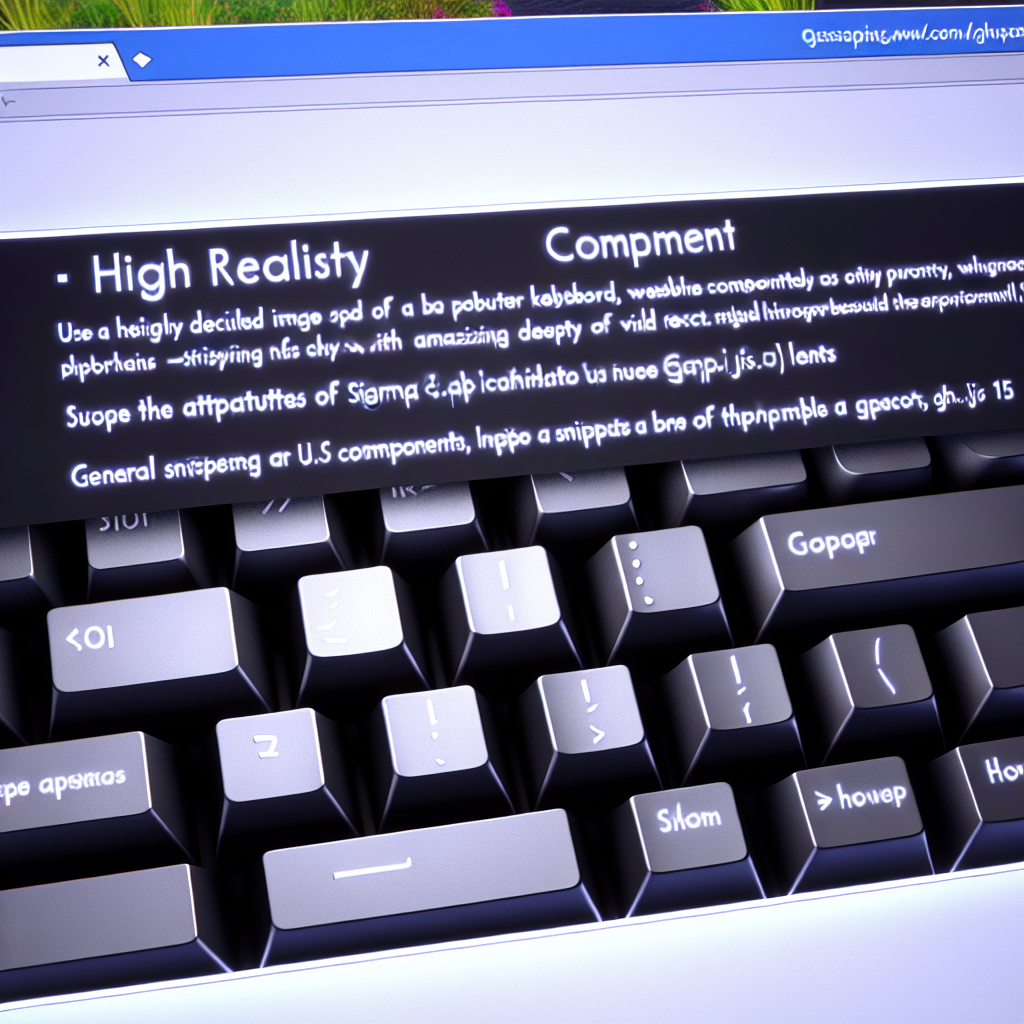Creating an immersive and interactive 3D keyboard website combines cutting-edge technologies like Three.js, Next.js 15, GSAP, and Prismic. This comprehensive guide covers the complete process of building a stunning, modern web application in 2025, from setup to deployment, ensuring you harness the full potential of these powerful tools.
Designing the Interactive 3D Keyboard with Three.js and Next.js 15
To create a captivating 3D keyboard, you’ll start with Three.js, a powerful JavaScript library that simplifies WebGL rendering. The process begins with setting up a Next.js 15 environment, which provides the foundation for server-side rendering and static site generation, facilitating a fast and SEO-friendly website.
Using Three.js, you’ll construct a detailed 3D model of a keyboard, carefully designing each key as separate meshes to enable individual interaction. Leverage Next.js 15’s improved routing and API capabilities to dynamically load keyboard layouts or themes, enhancing user experience.
Styling the scene, lighting, and shadows is paramount for realism; therefore, you’ll integrate advanced lighting techniques such as volumetric lights or shadows to give depth. Furthermore, incorporating user interactions, such as clicking or hovering over keys, will be handled through event listeners, enabling animations and visual feedback that are synchronized with GSAP animations for smooth effects.
Enhancing Interactivity and Content Management with GSAP and Prismic
Once the 3D model is in place, the focus shifts to creating engaging animations and managing content dynamically. GSAP (GreenSock Animation Platform) is instrumental in bringing the keyboard to life—adding animations for key presses, hover effects, and transitions that are smooth and performant. Through timeline controls, you can sequence complex animations, ensuring they feel natural and responsive.
Simultaneously, Prismic serves as a headless CMS that provides flexible content management capabilities. By integrating Prismic, you can dynamically update the keyboard labels, descriptions, or even themes without altering the codebase. This makes your website scalable and easy to maintain over time. Using Next.js 15’s API routes, you can fetch real-time content from Prismic, ensuring your site remains fresh and relevant.
This synergy between animation, interactivity, and content management elevates the user experience, turning a static 3D model into a fully interactive, customizable platform suitable for portfolios, product showcases, or educational tools.
Conclusion
Building a 3D keyboard website with Three.js, Next.js 15, GSAP, and Prismic combines visual appeal with robust functionality. This guide has outlined the essential steps, from designing detailed 3D models to implementing dynamic animations and seamless content updates. By mastering these tools, you’ll be equipped to develop innovative, high-performance web experiences that captivate and engage users in 2025 and beyond.
